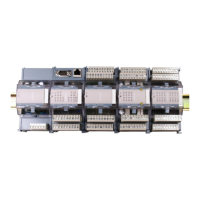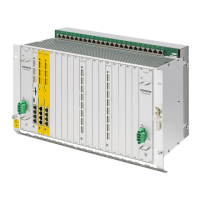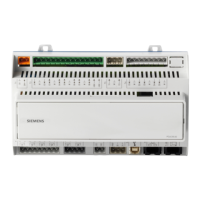Detailed description
2.1 Velocities, traversing ranges, accuracies
Basic logic functions: Velocities, Setpoint/Actual Value Systems, Closed-Loop Control (G2)
14 Function Manual, 11/2006, 6FC5397-0BP10-2BA0
It is independent of the input/display resolution but should have at least the same resolution.
The maximum number of places after the decimal point for position values, velocities, etc., in
the parts program and the number of places after the decimal point for tool offsets, zero
offsets, etc. (and therefore also for the maximum possible accuracy). is defined by the
computational resolution.
The accuracy of angle and linear positions is limited to the computational resolution by
rounding the product of the programmed value with the computational resolution to an
integer number.
To make the rounding clear, powers of 10 should be used for the computational resolution.
Example of rounding:
Computational resolution: 1000 increments/mm
Programmed path: 97.3786 mm
Effective value = 97.379 mm
Example of programming in the
1
/
10
μm range:
All the linear axes of a machine are to be programmed and traversed within the range of
values 0.1 to 1000 μm.
⇒ In order to position accurately to 0.1 μm, the computational resolution must be set to ≥ 10
4
incr./mm.
⇒ MD10200 $MN_INT_INCR_PER_MM = 10000 [incr./mm]:
⇒ Example of related parts program:
N20 G0 X 1.0000 Y 1.0000
; Traverse axes to position
X=1.0000 mm, Y=1.0000 mm
N25 G0 X 5.0002 Y 2.0003
; Traverse axes to position
X=5.0002 mm, Y=2.0003 mm

